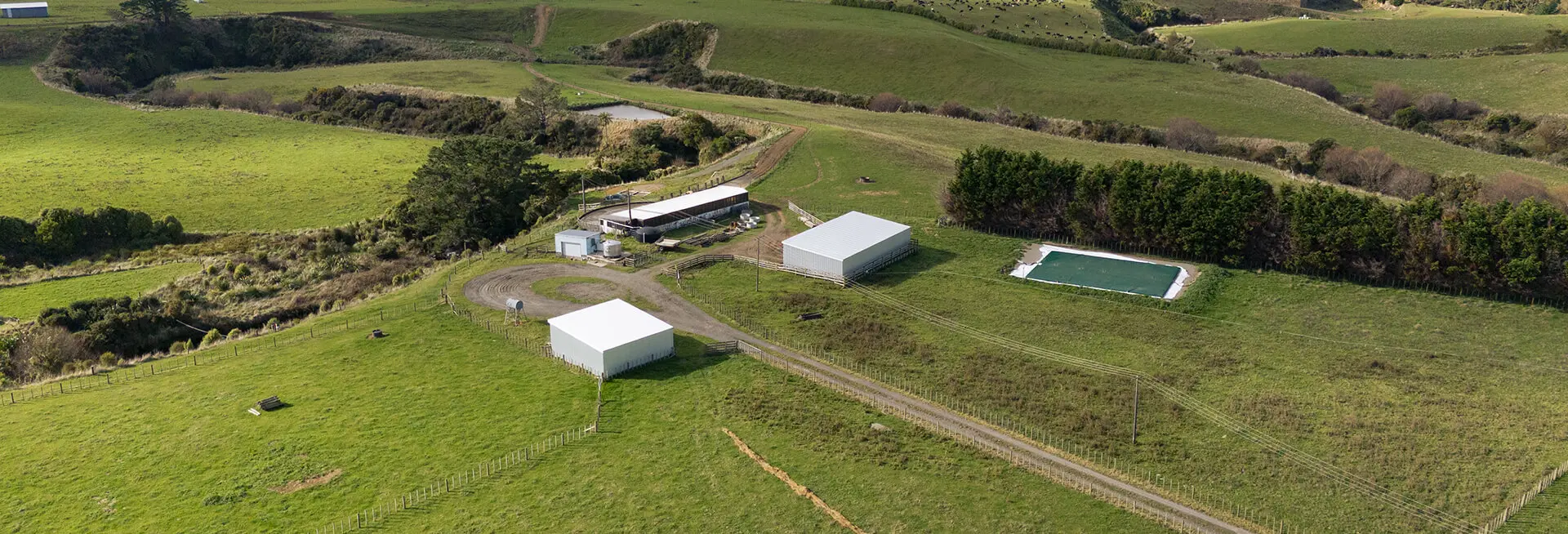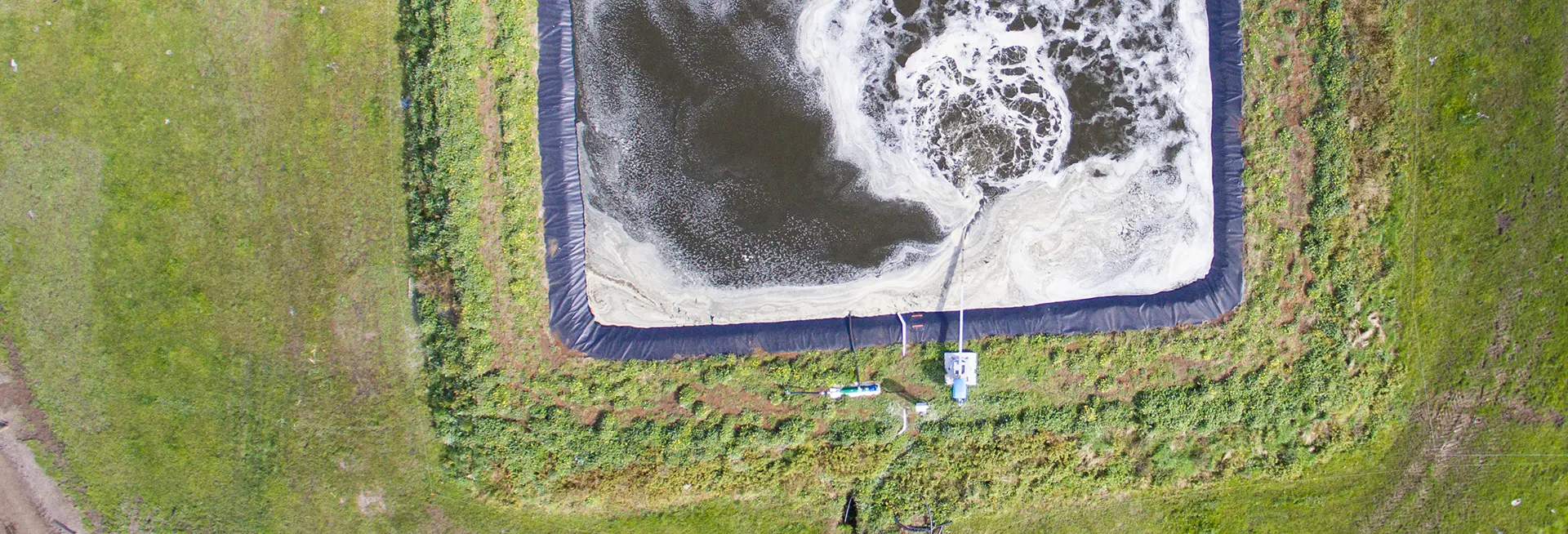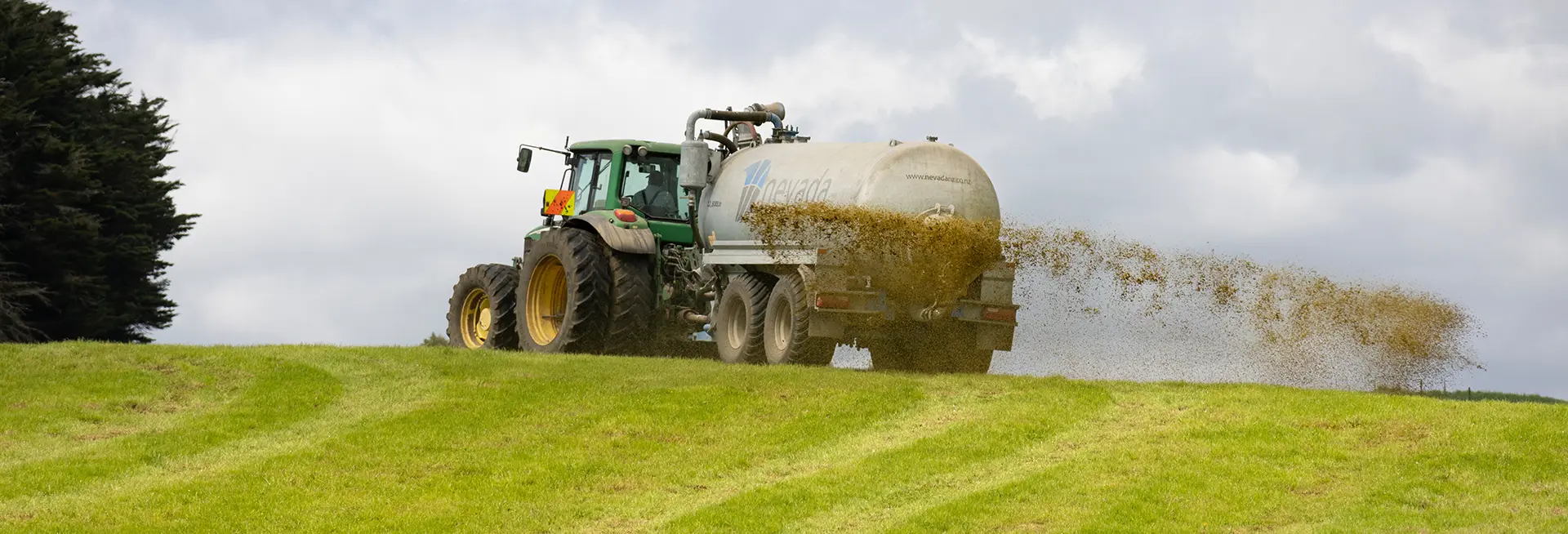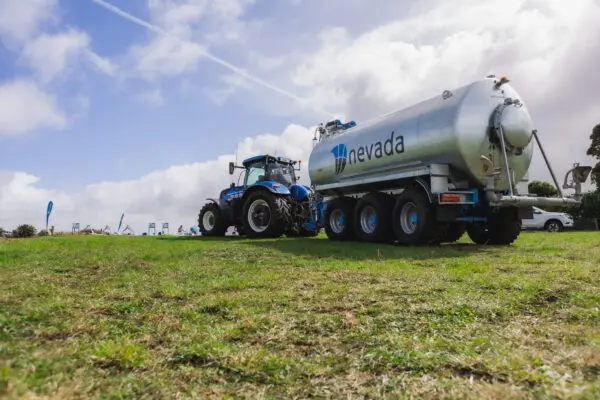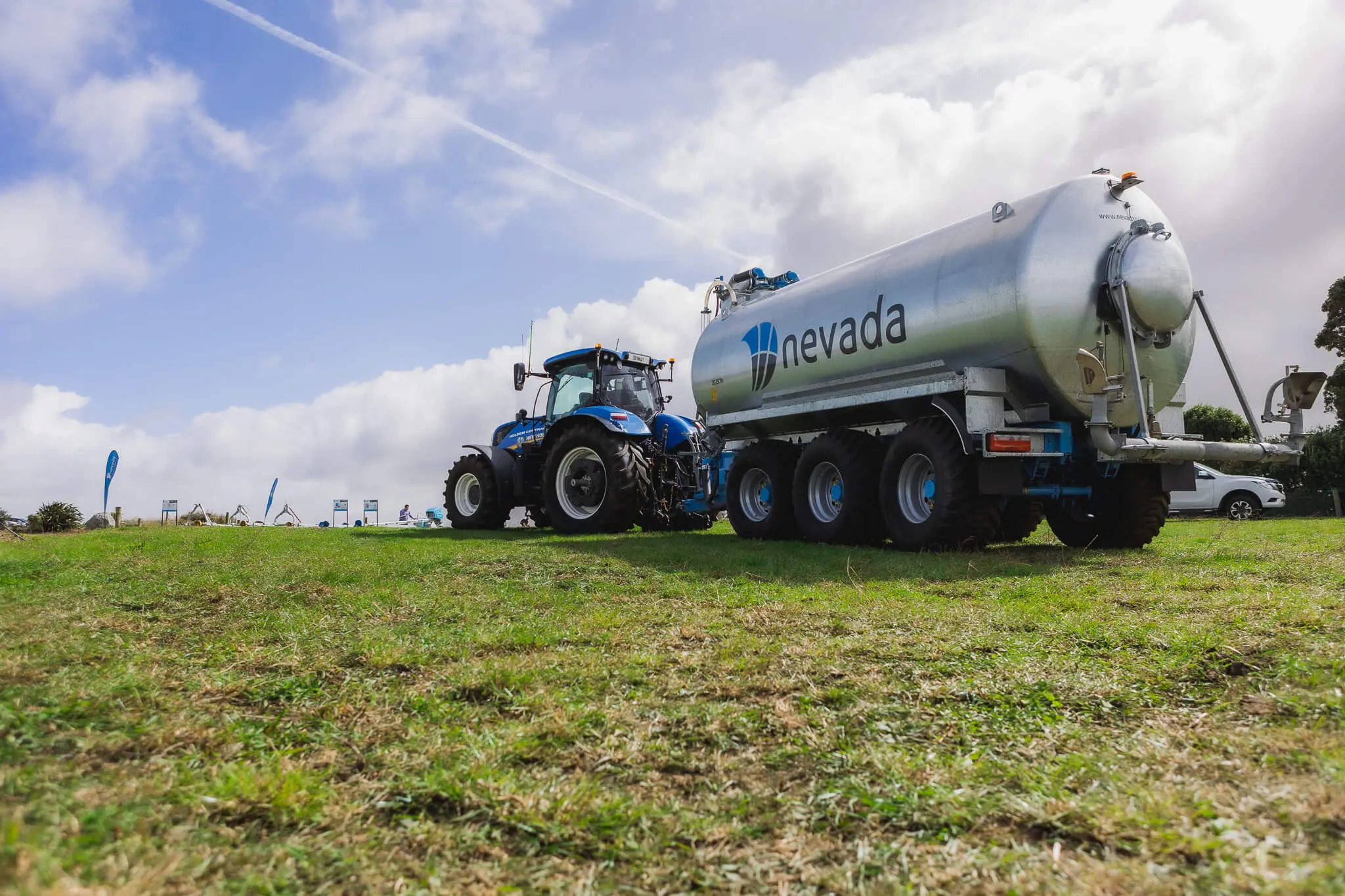A few things we didn’t see coming in 2022 were:
- The effects of carbon farming on land prices, where we’ve seen numerous farms being bought and turned into forestry.
- The impact of compliance pressures and costs. Some of the smaller farmers are deciding to sell up and retire early rather than face the compounding hassles and costs, while larger corporates are needing to employ admin staff to handle compliance measures, adding to the cost of production.
So what can we see happening in 2023?
Innovative Compliance Solutions
While in some instances compliance measures provide opportunity to futureproof and improve farm operations, there are also instances where changes need to be made simply to tick boxes. In either instance, farmers will be looking for more innovative approaches to effluent compliance requirements. As an example, where additional storage is required despite the current system running adequately year after year, effluent bladder tanks are becoming a popular option. These are an easy, quick installation that can have benefits beyond just being back-up storage.
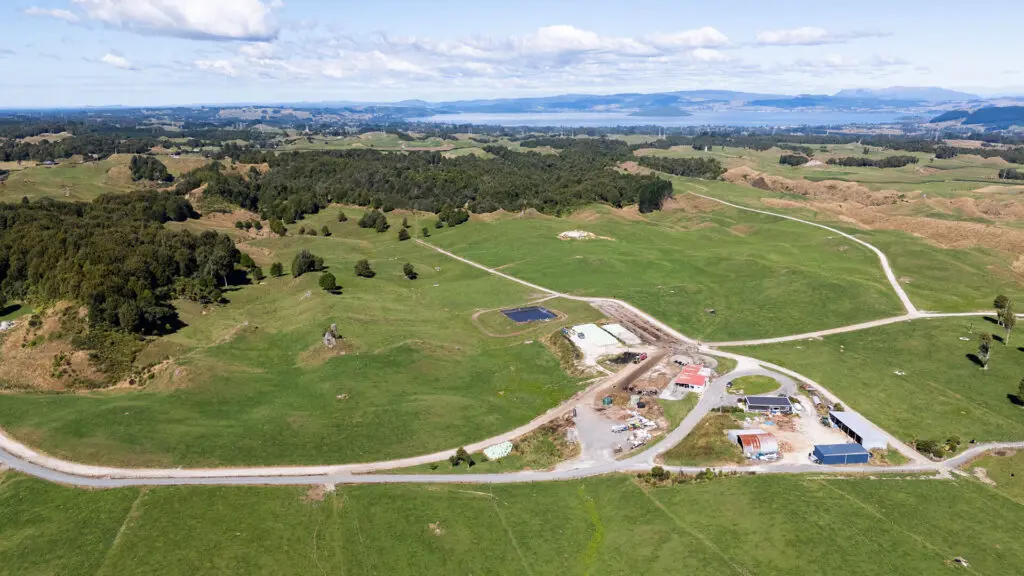
Contingency Planning
In addition to compliance, unpredictable weather events and increased pressures to minimise our impact on the environment are making farmers more conscious of unplanned issues, and the effect it could have on the farm. Many farmers will be investing in equipment to cover all bases as it is easier and more cost effective to be prepared. Some such equipment includes:
- Water & effluent bladder tanks – giving farmers the ability to store clean water and effluent during times of drought or flooding without the risk of contamination or evaporation.
- Slurry tankers – providing a means of spreading effluent over areas of the farm not covered by an irrigation system, and the ability to clean out effluent ponds, sumps, troughs and around feedpads. Quick and easy to deploy if something goes wrong. Great for handling thicker slurries.
- PTO stirrers – a handy tool for any dairy farmer in the case of power outages.
- Storm water diverters – a lot of farms already have storm water diverters in place, and these will become common practice as a contingency against unpredictable weather.
- Flood pumps – these are a good insurance policy, especially for flood prone areas. The ability to quickly pump away water can often save crops and pasture.
- Fail Safe Devices – peace of mind that the irrigator will run as it should and stop if it doesn’t.
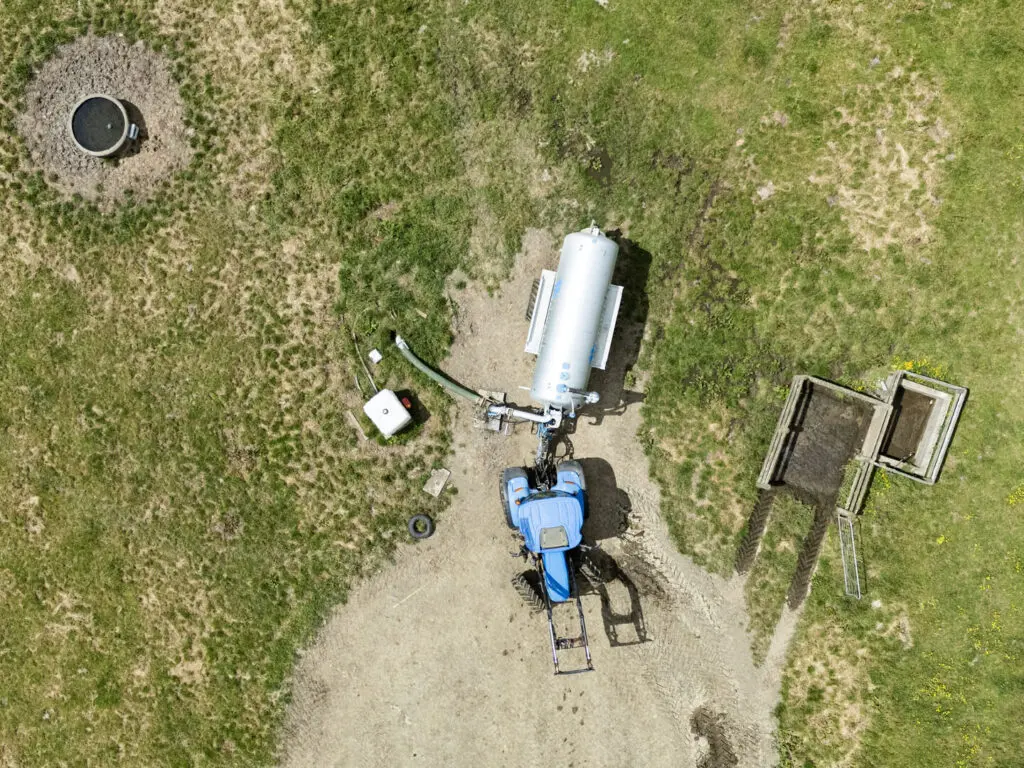
Increasing Fertiliser Costs
Fertiliser costs have already risen further than we expected, and it’s not looking like they won’t be decreasing any time soon. With this, more farmers are taking note of the value of the free nutrients derived from effluent and looking at how it can be better utilised over the farm.
Farm Ownership
The traditional path to farm ownership is becoming increasingly difficult for young farmers to achieve, and we’re seeing less young people entering the field. This is opening the doors to corporate investors to buy up farms, or for farms to be bought and converted into forestry and other seemingly ‘green’ initiatives.
Water Supply Issues
Weather patterns are changing, and we are seeing water arriving in deluges rather than the more continuous flow we are used to. This emphasises the importance of storing water and effluent both for times of drought, and times of flood. As mentioned above, bladder tanks are becoming a popular solution for this purpose.
